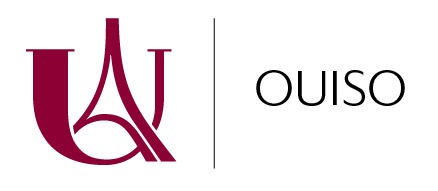From the 1990s to 2020, human rights activism in Moroccan-occupied Western Sahara emerged through a process of familiarization before serving a new purpose: as a non-violent instrument in the broader struggle for Sahrawi self-determination.

© May 2025, American Ethnologist (Vol. 52, N°2)
Over the last decade, this practice has intensified with the rise of digital video as a means of documenting street protests. In the process, human rights activism has become a kind of “sousveillance”: a tactic in which people seek to counteract surveillance by making state violence visible. By conceptualizing human rights activism as a form of sousveillance, researchers can bring into focus the entanglement of multiple kinds of monitoring: Moroccan state surveillance, transnational human rights sousveillance, and UN oversight. Furthermore, tracing the relationship between human rights activism and transnational fields of “veillance” shows the importance of surveillance studies for an anthropology of human rights.
- Title : Observed participation – Sousveillance and human rights activism in Moroccan-occupied Western Sahara
- Author : Mark Drury
- Editor : American Anthropological Association, American Ethnologist 52(2)
- Date of publication : May 2025
- Pages : 171 – 182
- DOI : https://doi.org/10.1111/amet.13401
